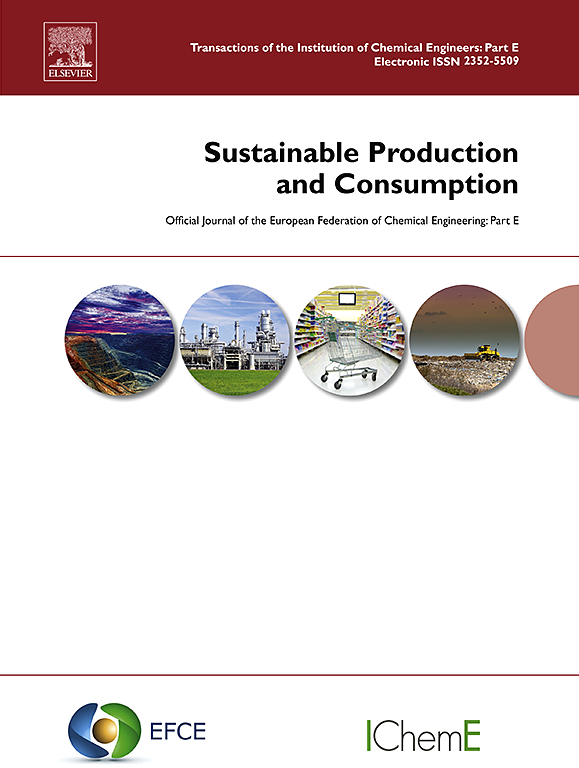Spatiotemporal dynamics of China's food supply chains and associated greenhouse gas emissions
IF 10.9
1区 环境科学与生态学
Q1 ENVIRONMENTAL STUDIES
引用次数: 0
Abstract
Population growth and dietary improvements have increased food demand and changed the consumption structure, raising concern about food supply security and associated increases in greenhouse gas (GHG) emissions. The study aims to develop a cross-regional and cross-sectoral analytical framework to assess the spatiotemporal variations in food supply chains and associated GHG emissions in China, and to analyze the potential impacts of various future food supply scenarios. The framework integrates a spatial equilibrium model, GHG emission estimation methods and a coupling assessment, while also considering the four widely consumed food crops in China– rice, wheat, corn, and soybean. The results reveal a 36.13 % increase in total GHG emissions from food supply chains, rising from 344.97 million tonnes (Mt) carbon dioxide equivalence (CO2-eq) in 1990 to 455.98 Mt CO2-eq in 2021. Although the total food demand will continue to expand till 2030 in China, differentiated regional food policies can aid in increasing self-sufficiency rate by 9.45 % and decreasing emissions by 9.86 Mt CO2-eq. These findings provide valuable insights for agricultural policymakers in formulating region-specific policies to improve food security and mitigate GHG emissions.
中国食品供应链时空动态及相关温室气体排放
人口增长和饮食改善增加了粮食需求,改变了消费结构,引发了对粮食供应安全的担忧,并导致温室气体(GHG)排放增加。本研究旨在建立一个跨区域、跨部门的分析框架,评估中国食品供应链和相关温室气体排放的时空变化,并分析未来各种食品供应情景的潜在影响。该框架整合了空间平衡模型、温室气体排放估算方法和耦合评估方法,同时考虑了中国四种广泛消费的粮食作物——水稻、小麦、玉米和大豆。结果显示,食品供应链的温室气体排放总量增加了36.13%,从1990年的34497万吨二氧化碳当量(CO2-eq)增加到2021年的45598万吨二氧化碳当量。尽管中国的粮食总需求将持续扩大到2030年,但差异化的区域粮食政策可以帮助提高9.45%的自给率,减少986万吨二氧化碳当量的排放。这些发现为农业决策者制定区域特定政策以改善粮食安全和减少温室气体排放提供了宝贵的见解。
本文章由计算机程序翻译,如有差异,请以英文原文为准。
求助全文
约1分钟内获得全文
求助全文
来源期刊

Sustainable Production and Consumption
Environmental Science-Environmental Engineering
CiteScore
17.40
自引率
7.40%
发文量
389
审稿时长
13 days
期刊介绍:
Sustainable production and consumption refers to the production and utilization of goods and services in a way that benefits society, is economically viable, and has minimal environmental impact throughout its entire lifespan. Our journal is dedicated to publishing top-notch interdisciplinary research and practical studies in this emerging field. We take a distinctive approach by examining the interplay between technology, consumption patterns, and policy to identify sustainable solutions for both production and consumption systems.
 求助内容:
求助内容: 应助结果提醒方式:
应助结果提醒方式:


